Fall SPEX Projects
The SPEX team has finalized the list of fall projects. Learn about HAB 5, IREC 2019, Astrodynamics, Environmental Test Chamber, Rovers, and the project approval process!

The HAB1 team in 2015
HAB 5 with PLANTHAB
This project will build on HAB 4 and the Where U At Plants (WUAP) payload that were flown in Spring of 2018. High Altitude Balloons (HABs) are autonomous balloons sent up to 100,000 feet and serve as research platforms for a variety of purposes. A High Altitude Balloon will fly the Plant Life Automatic NDVI with Telemetry from a High Altitude Balloon (PLANTHAB) payload module. The HAB5 and PLANTHAB payload are to be developed in parallel over one year. The vehicle and payload are both designed to be modular so that the HAB is able to support diverse mission payloads on the same platform. PLANTHAB will use multispectral imaging to measure vegetation density, and will demonstrate on-board image processing and computer vision techniques with low cost, consumer level components.
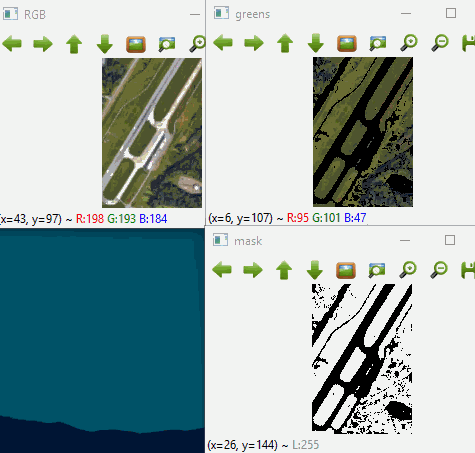
Example of WUAP for HAB 4
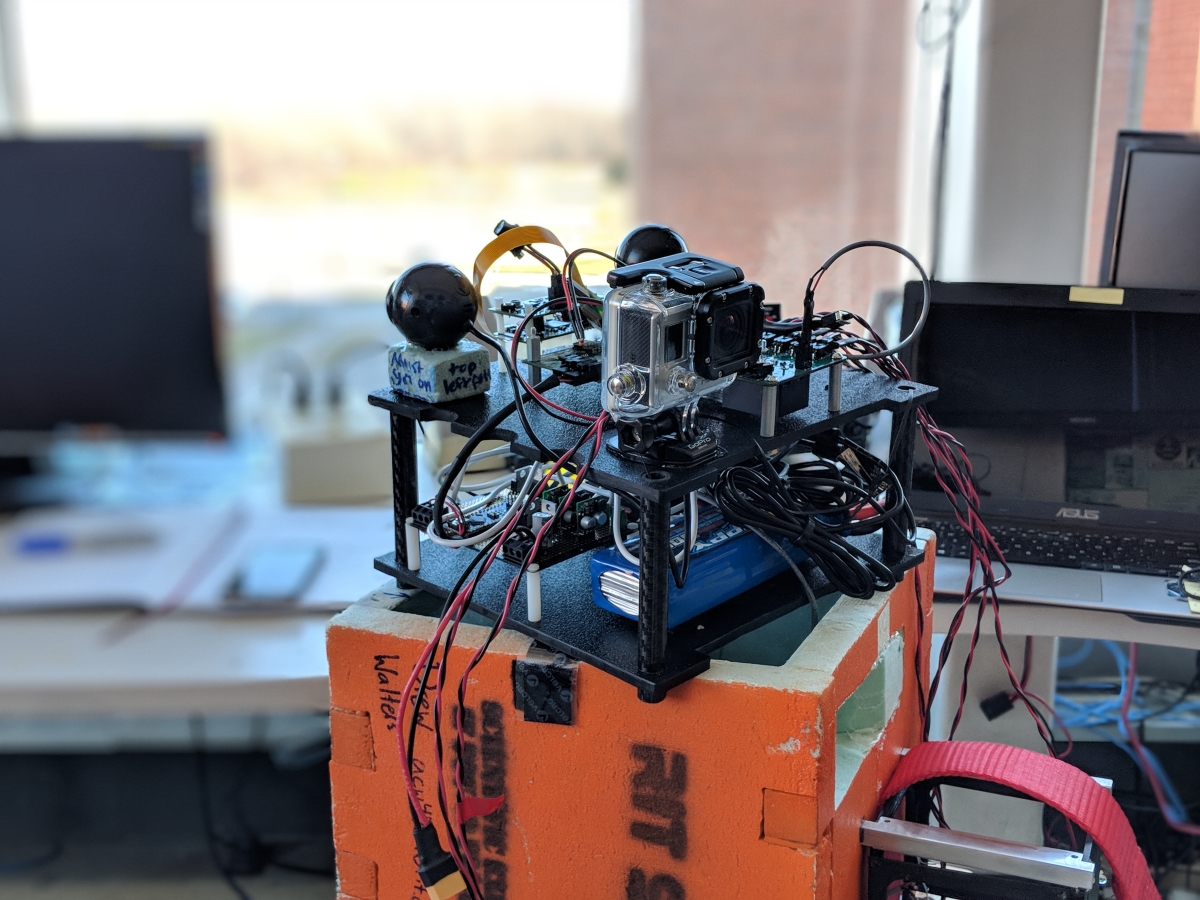
HAB4 Shelf with WUAP(obscured) and computer vision payloads
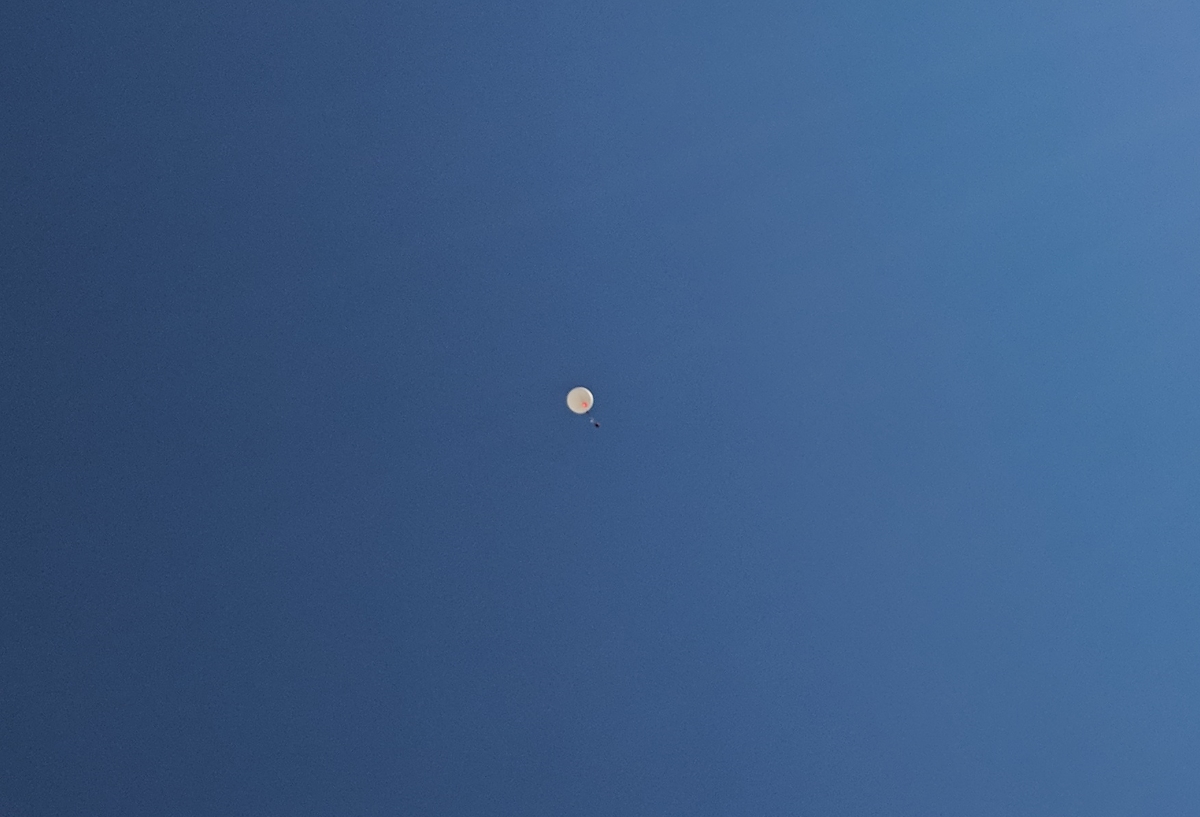
HAB flying away
Rover
SPEX will begin the design and construction of a mock rover. The project is set to run for two semesters with intention of a follow up rover in the future. Rovers and by extension, robotics are an area of space exploration completely new to RIT SPEX. The rover is set to include a rocker-bogie suspension mechanism alongside the required motors, piloting equipment, power regulation, and communications systems.
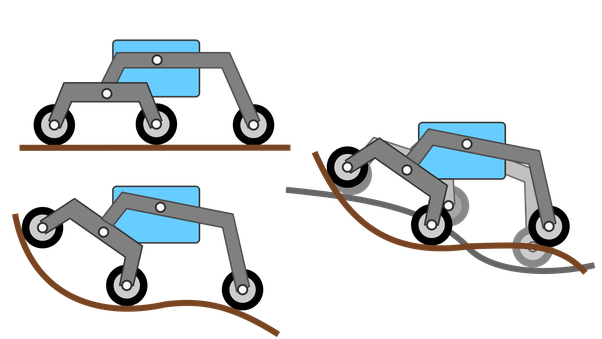
Rocker-bogie mechanism
The rover is set to be a platform which can be improved with features like Lidar based CV for autonomous navigation, soil analysis equipment, a robotic arm, solar cells, or more. There are eight active missions on Mars. Four of those include rovers. The Rovers team is excited to get some experience in this area. This is also an opportunity for SPEX to get involved with faculty research as robotics and computer visions are areas of present at RIT.
This will be RIT SPEXs first venture into robotics!
Environmental Test Chamber
SPEX will be building an environmental test chamber (ETC) that will be able to test temperatures between -20°C to 50°C and will be capable to reduce pressure by 1 Atmosphere. This ETC will be able to help with testing objects in space like environments. This will allow for risk reduction with projects like HAB and IREC, as well as provide opportunities to replicate industry-standard testing on space-like designs.
Astrodynamics Observatory Projects
SPEX will be assisting the RIT observatory with some improvements and repairs to the hardware there. The observatory has two domes, yet one is not very widely used because of the system to remove the roof. SPEX will repair and adjust this motor to fix this issue. the secondary dome also requires a latch arm to be repaired for safety reasons. SPEX will do this work as well. Finally, the faculty have requested small modifications to the 12” Meade telescope that would greatly improve the convenience and quality of observing. SPEX will help with this as well.
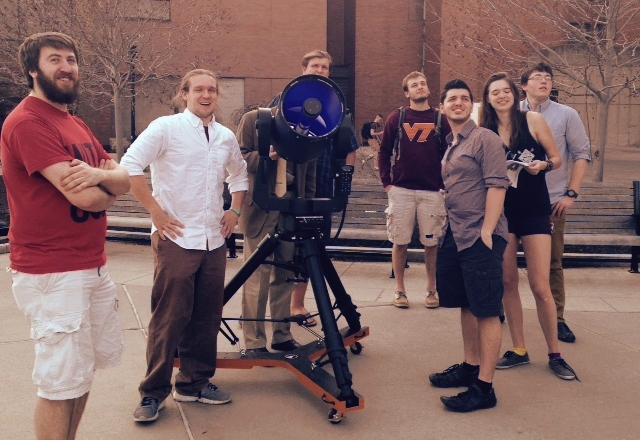
SPEX members with our 12" Meade telescope
IREC 2019 with SPEXTRO
SPEX will be participating in the SDL Payload Challenge at the Spaceport America Cup 2019. A 3U CubeSat-like payload featuring a protein spectroscopy experiment will be launched and recovered. The payload is dubbed Spectroscopy Protein EXperiment Through Reaction Observation (SPEXTRO). The Space Dynamics Laboratory (SDL) payload challenge 2019 is held at the Intercollegiate Rocket Engineering Competition (IREC) in Las Cruces, New Mexico. The SDL payload challenge is a sub competition at IREC designed to encourage participants to create payloads that accomplish a relevant function and provide useful learning opportunities. The goal of the payload experiment is to test how high acceleration and zero net acceleration (free-fall) affects the folding of proteins.
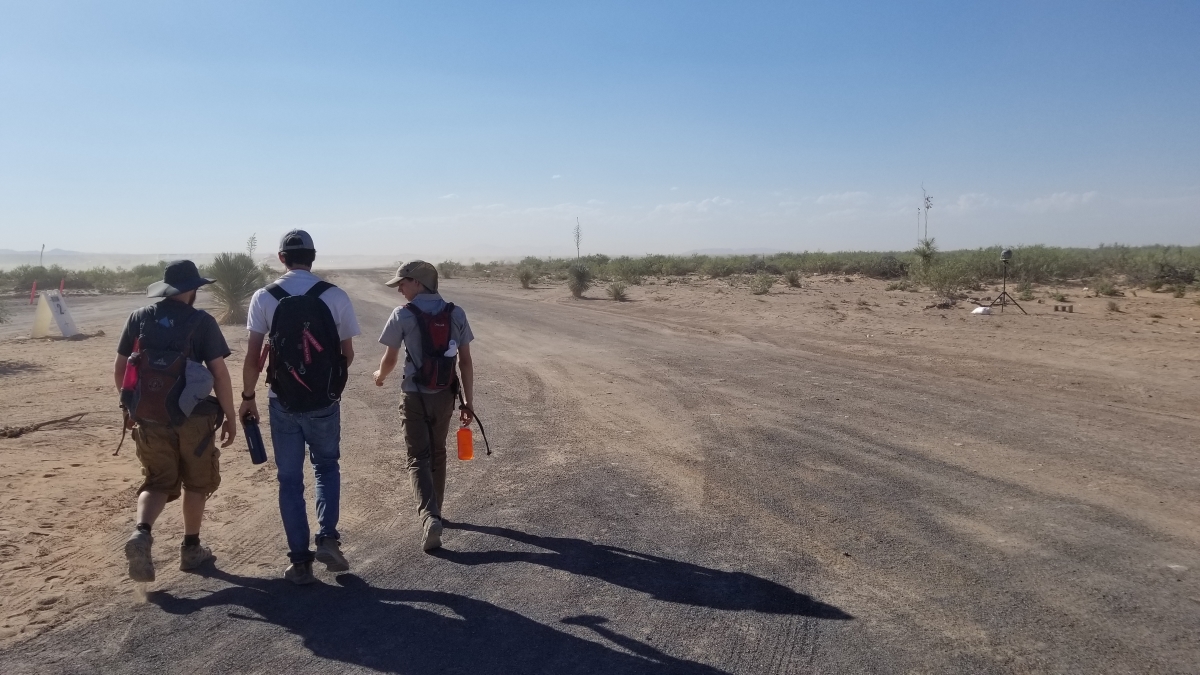
SPEX team recovering the payload in the 2018 competition
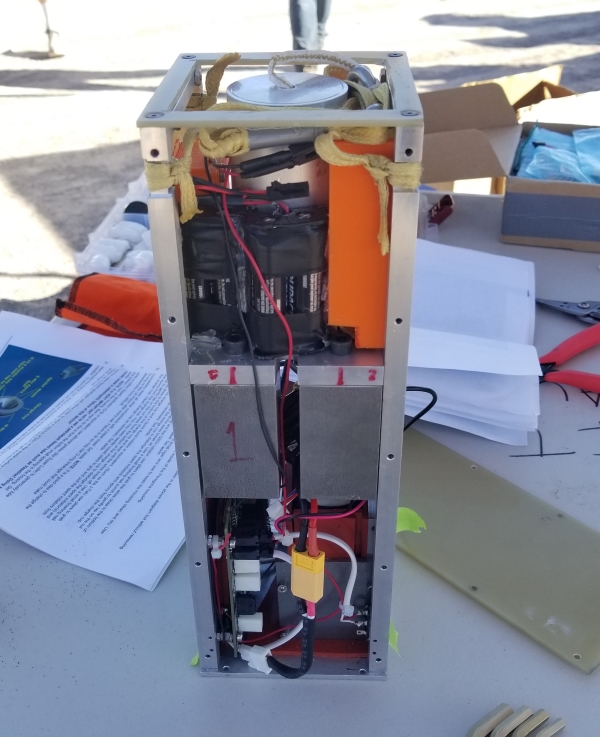
The payload from 2018 (without cover)
How do projects get approved?
Projects come from our members. Anyone can submit a project in the form of a Project Definition Document (PDD). The intent of a Project Definition Document (PDD) is to organize and document a project idea and its objectives. In the ideal project life cycle, an idea undergoes an initial research phase where a project Champion and their small team develops the primary objectives and requirements. The PDD is a snapshot of the known challenges, risks, and anticipated areas for research at the very start of a project.
All of the Project Definition Documents as well as thorough documentation can be found on out GitHub here.